Robotic servicing of the HST made sense. Periodic maintenance was the key to Hubble's success. But risking astronaut lives to change batteries did seem short-sighted, and there was little to be learned by having astronauts do something they had done successfully four times before. Here was an opportunity for Hubble to provide the next step in space exploration.
Robotic servicing in space is necessary to the future of science. If Dextre were successful changing the cameras and batteries and replacing the broken gyroscopes, then space exploration could take a giant leap forward. Robotic missions would free Shuttles and astronauts for tasks that could not be done using a robotic mission.
If Dextre was not successful, scientists would learn what the problems were, and Hubble would be no worse off than before. It was a win-win situation.
But Dextre was never given the chance. Before resigning in February 2005, NASA administrator Sean O'Keefe stated that all plans to service the Hubble Space Telescope robotically were being scrapped.
This announcement came as a complete shock. Six months previous the HST engineers had been promised the opportunity to show whether a path-breaking mission to do the job with a robot was possible. NASA's latest change of heart now doomed Hubble to die in orbit around 2008, when its gyroscopes wore out.
In March 2005, President Bush nominated a new NASA administrator, Mike Griffin.
On April 29, 2005 new NASA Administrator Mike Griffin asked engineers at Goddard Space Flight Center to begin preparations for a Space Shuttle servicing mission to Hubble. Griffin said he would reconsider a servicing mission if the next two shuttle missions were to go well.
The first of those two flights, STS-114 in July 2005, was not completely successful. Discovery's external fuel tank lost large pieces of insulating foam, causing NASA to ground the fleet again until the problem was solved. The next flight was not expected before March 2006.
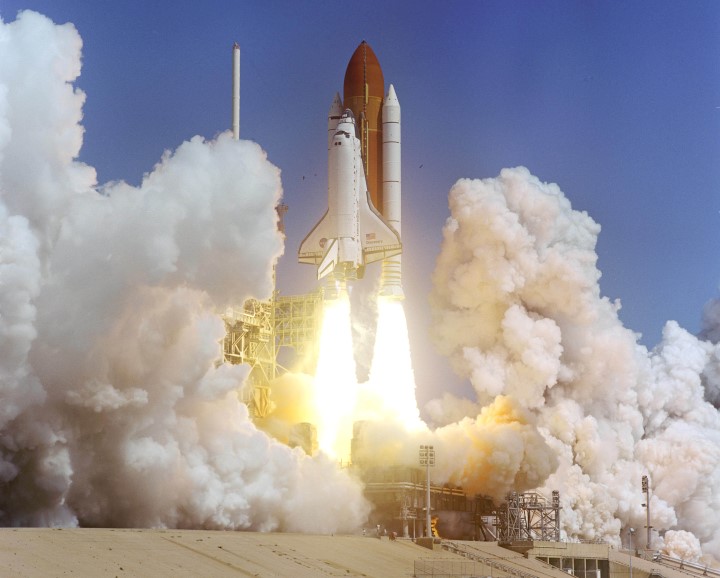
Launch of STS-114 Mission
Space shuttle Discovery launched on the STS-114 mission from NASA's Kennedy Space Center July 26, 2005, on its historic return to flight mission. The flight was not completely successful. Further changes had to be made to the hardware that launched the space shuttle, causing further delay of the Hubble Servicing Mission. The mission ended a two-and-a-half year wait after shuttle Columbia and crew were lost during their return to Earth in Feb. 2003.
Credit: NASA
So was this to be the end of the premier scientific facility in human history? Only time could tell.
Hubble is still operational and will continue to take pictures, record data and keep us informed of events in the Universe until, due to old age, it passes away. But oh, what a time we had!
In fact, the repair mission did finally succeed on May 11, 2009 and Hubble is expected to last through the year 2020 .
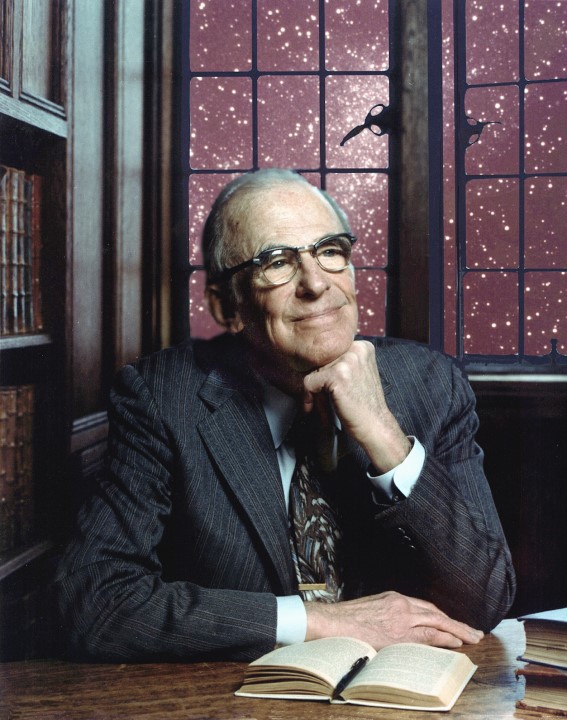
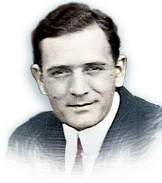
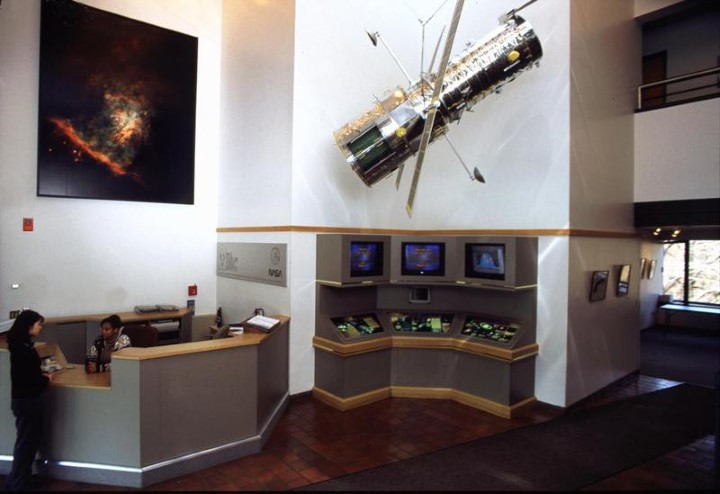
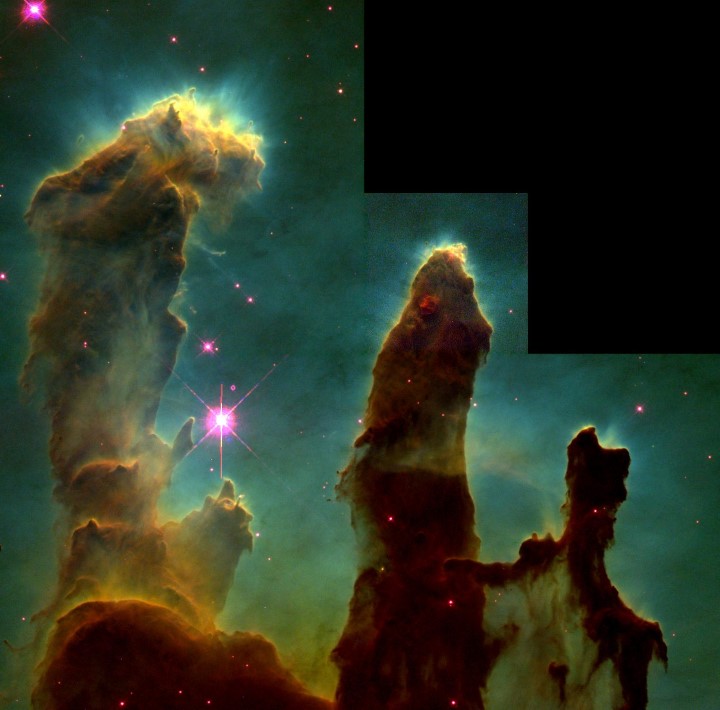
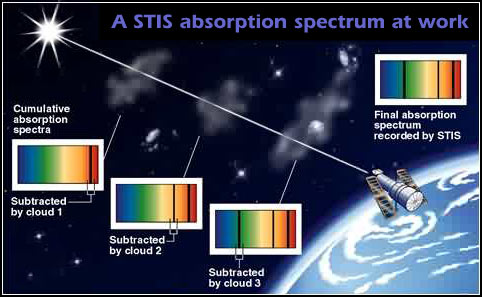
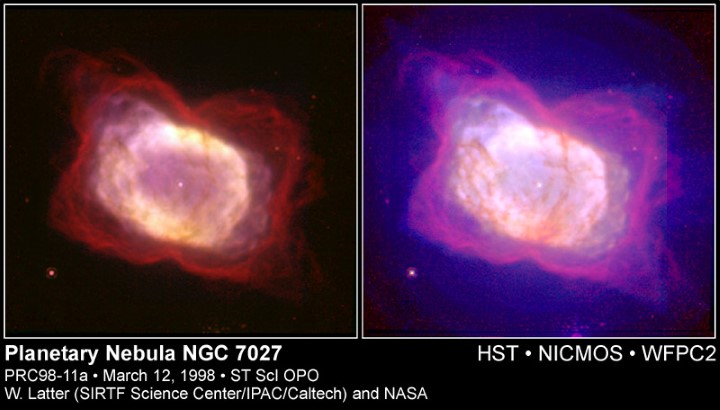
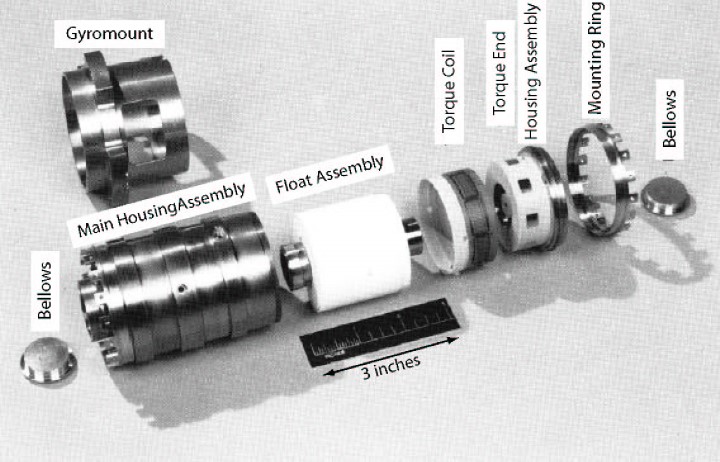
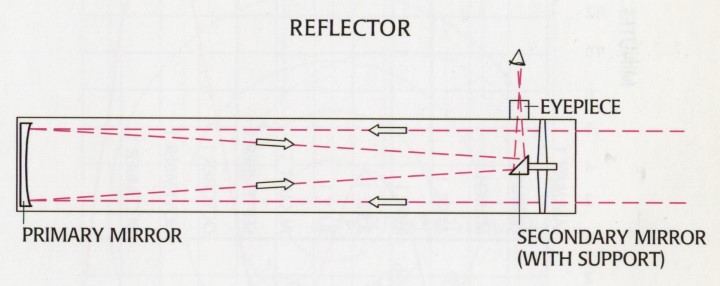
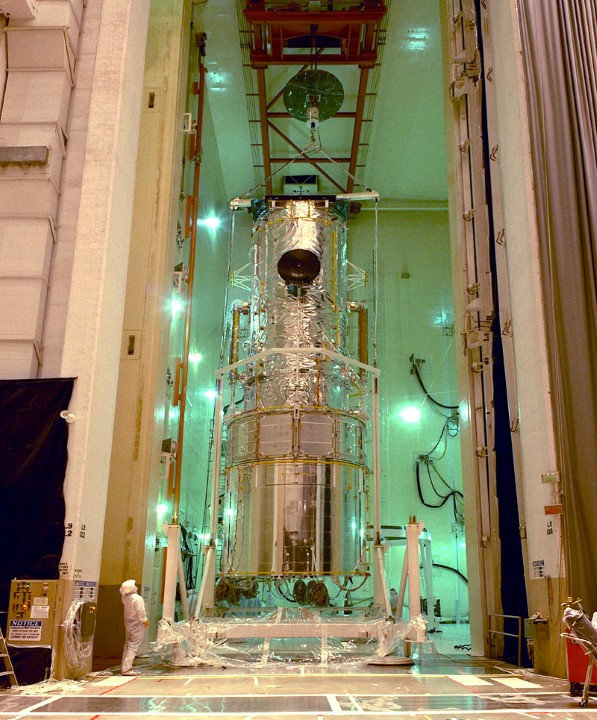
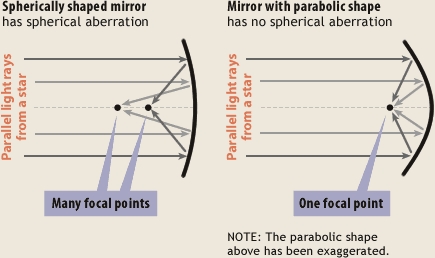
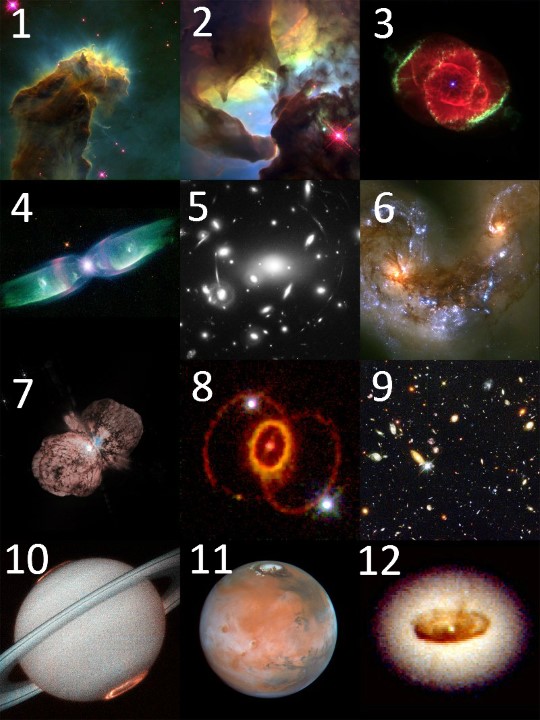

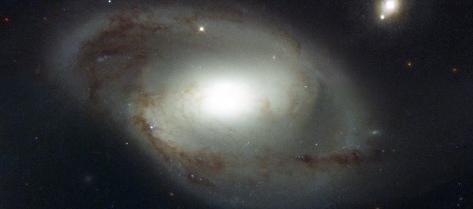
 Education and outreach collections from the University of Chicago
Education and outreach collections from the University of Chicago
